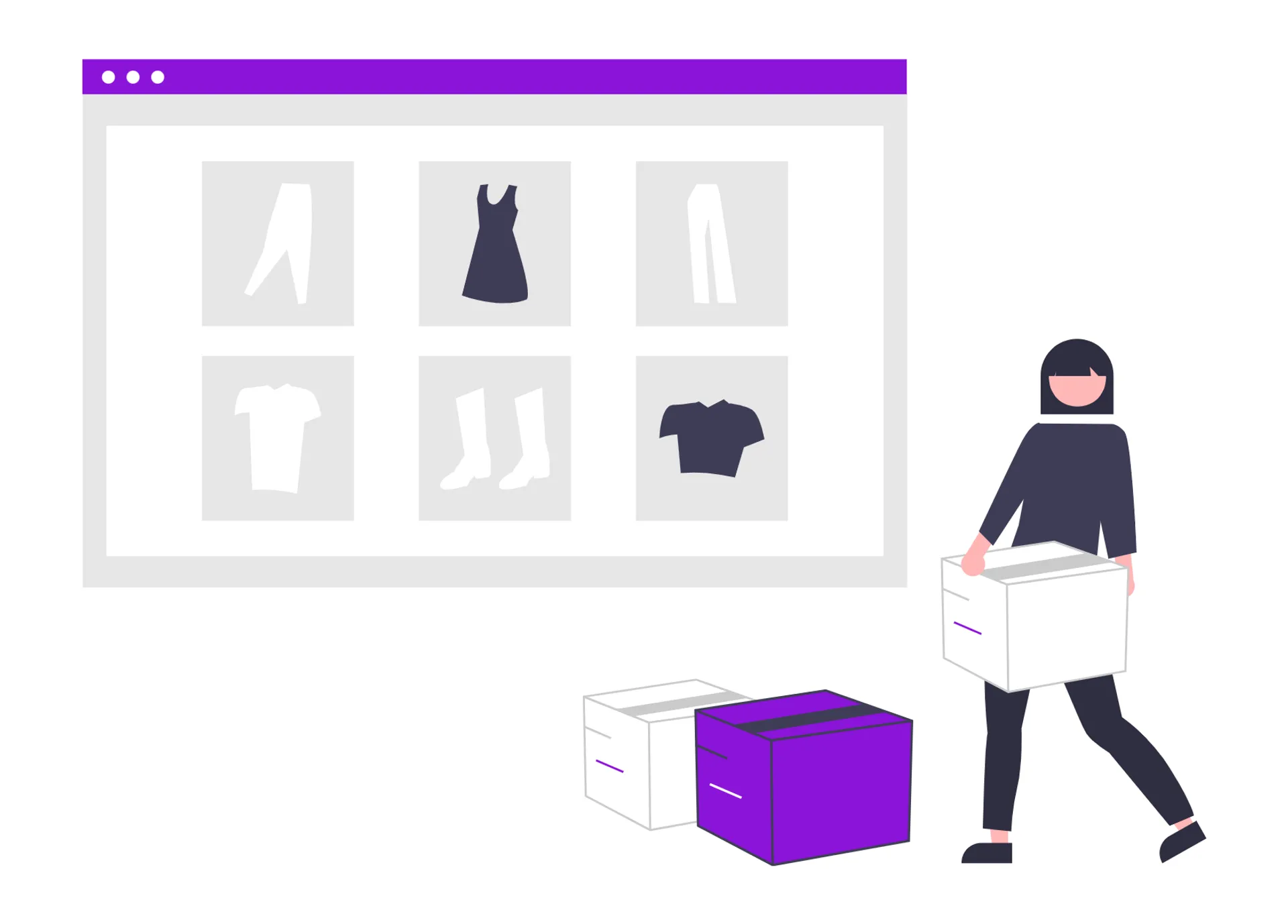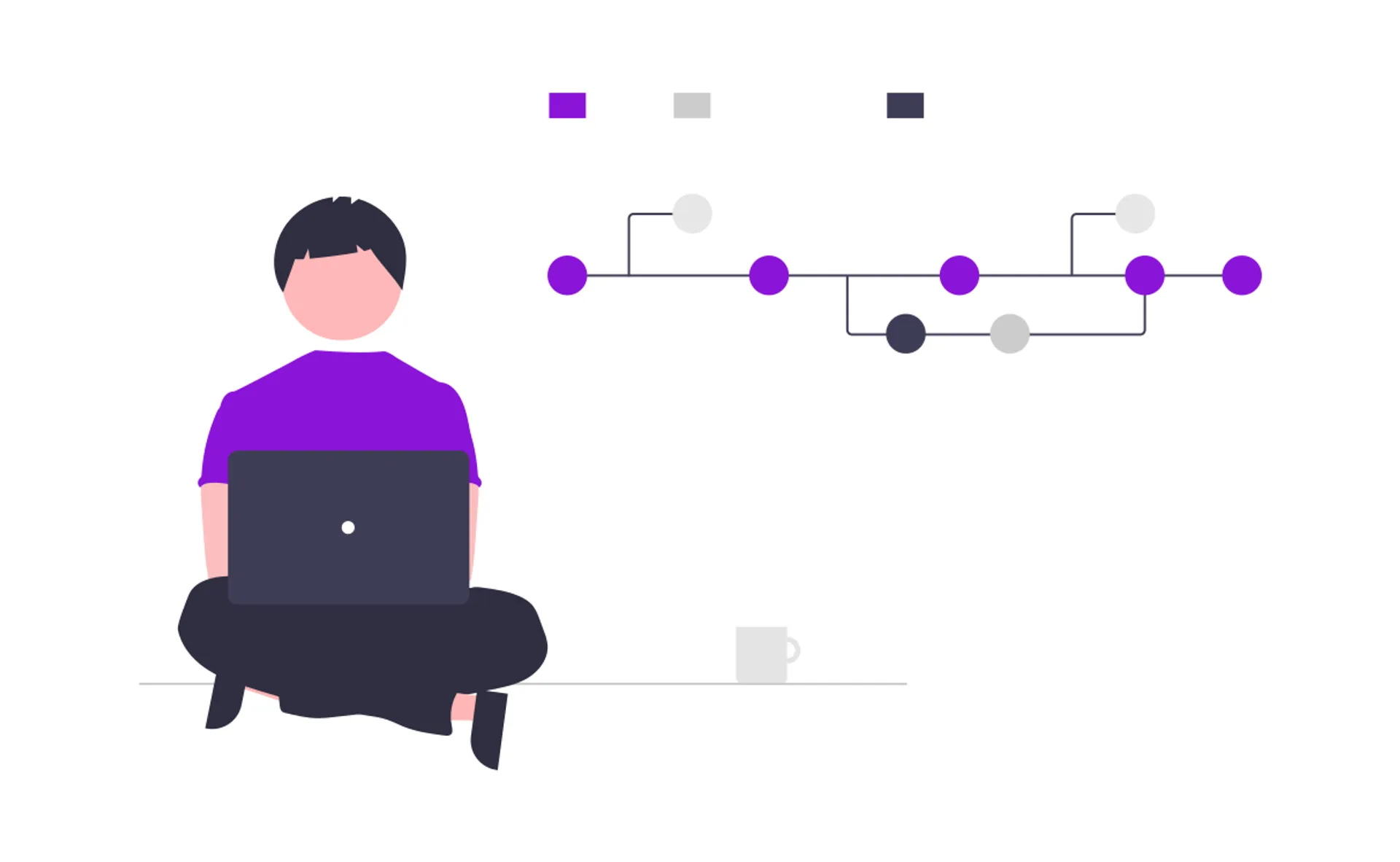Omnichannel vs. Unified Commerce
In today’s retail and e-commerce landscape, customers expect smooth, personalized experiences whether they’re shopping online, visiting a store, or interacting through social media. To meet these expectations, businesses have adopted strategies like omnichannel and, more recently, unified commerce. While the terms are often used interchangeably, they represent two very different approaches to creating multi-channel customer experiences across various touchpoints.
The main difference between omnichannel and unified commerce is integration. Omnichannel connects sales and marketing across channels but often keeps systems and platforms separate. Unified commerce centralizes inventory, payments, and customer data into one real-time platform, creating seamless customer experiences with full data synchronization.
This distinction has big implications not just for how businesses interact with customers, but for how they manage operations, track data, and enable scalable growth.
What is Omnichannel Commerce?
Omnichannel commerce is a retail strategy focused on giving customers a consistent and connected experience across all touchpoints — whether that’s a website, mobile app, physical store, call center, or social media. The goal is to let customers switch channels easily during their journey without losing context or continuity.
In practice, a customer might:
- Browse a product online
- Add it to their cart on mobile
- Visit a store to see it in person
- Then complete the purchase on their desktop
For customers, the journey appears seamless. Behind the scenes, however, each channel often relies on fragmented systems — inventory, order processing, customer service — that require manual or partial integration.

What is Unified Commerce?
Unified commerce builds on the omnichannel concept by going deeper. Rather than merely linking channels at the front end, it integrates all systems — sales, inventory, order management, and customer data — into one centralized platform.
The result?
- One source of truth for inventory across all locations
- Real-time customer data accessible to any sales associate or support rep
- Instant synchronization of promotions, returns, and fulfillment status
Unified commerce is about total alignment between front-end experiences and back-end systems. It allows businesses to respond faster, operate more efficiently, and deliver truly frictionless customer experiences.

Omnichannel Vs. Unified: Key Differences
System Architecture
- Omnichannel: Built by connecting separate systems (POS, CRM, ecommerce, inventory) through APIs or middleware. Infrastructure is often fragmented.
- Unified Commerce: Operates on a single platform or tightly integrated stack where all systems natively share data.
Data Flow and Synchronization
- Omnichannel: Data syncs between systems with potential delays or inconsistencies. Real-time visibility is limited.
- Unified Commerce: Ensures real-time data flow across all systems — orders, inventory, customer data, and payments.
Inventory Management
- Omnichannel: Inventory is tracked per channel; visibility gaps are common.
- Unified Commerce: Provides a centralized, real-time view of inventory across all channels and locations.
Customer Data and Profiles
- Omnichannel: Customer data may be siloed by channel, with inconsistent or duplicated profiles.
- Unified Commerce: Maintains unified customer profiles that aggregate data from all interactions and channels.
Order Fulfillment and Returns
- Omnichannel: Processes like in-store returns for online orders may exist but often require manual steps.
- Unified Commerce: Fully integrated fulfillment and returns, with consistent policies across all touchpoints.
Checkout and Payments
- Omnichannel: Uses different payment systems per channel, which can cause inconsistencies.
- Unified Commerce: Consolidated payment infrastructure for smoother transactions and simpler reconciliation.
Reporting and Analytics
- Omnichannel: Requires data aggregation across multiple systems, leading to delays.
- Unified Commerce: Provides centralized, real-time reporting with full visibility into customer behavior and operations.
Customer Experience
- Omnichannel: Offers a relatively seamless experience, but backend disconnects may cause friction.
- Unified commerce: Creates consistently smooth customer experiences, with synchronized systems supporting every interaction.
Scalability
- Omnichannel: Becomes harder to scale as the number of channels and integrations increases.
- Unified Commerce: More scalable due to its centralized structure and modular platform design.
Speed of Deployment
- Omnichannel: Easier and quicker to implement initially using existing systems.
- Unified Commerce: Requires more time due to deeper integration and data unification.
Cost
- Omnichannel: Lower initial cost, but potentially higher maintenance and manual inefficiencies.
- Unified Commerce: Higher upfront investment, but better operational efficiency and lower integration costs long-term.
IT and Vendor Management
- Omnichannel: Multiple vendors and systems increase IT complexity.
- Unified Commerce: One unified platform simplifies vendor relationships and technical support.
Business Agility
- Omnichannel: Slower to adapt or innovate due to disconnected architecture.
- Unified Commerce: Enables rapid innovation and deployment of new features from a single control point.
When to Choose Omnichannel vs Unified Commerce
Choose Omnichannel if:
- You're a small to mid-sized business just starting with multiple channels
- You want to improve the customer experience without overhauling backend systems
- Your sales volumes are manageable with some manual coordination
Choose Unified Commerce if:
- You run a larger retail operation with multiple physical and digital channels
- You need real-time visibility into inventory, customer data, and orders
- You want to scale quickly without adding backend complexity
- Your business model depends on flawless cross-channel execution (e.g., click-and-collect, in-store returns)

Can You Switch from omnichannel to unified system later?
Yes, businesses can transition from an omnichannel setup to unified commerce over time, and many do as they scale. While omnichannel allows for multi-channel experiences with loosely connected systems, unified commerce requires deeper platform integration — including inventory, POS, CRM, and payment systems — into a single source of truth.
Transitioning requires both technical upgrades — consolidating data, replacing siloed systems — and operational changes such as staff training and redesigned processes.
The shift doesn’t need to happen all at once. Many companies take a phased approach, starting with unifying inventory or order management, then gradually integrating customer profiles, payments, and analytics.
Though it requires upfront investment and planning, the long-term benefits — including real-time visibility, fewer errors, and a truly seamless customer journey — often make the transition worthwhile.
Conclusion
In summary, both omnichannel and unified commerce improve the customer journey across multiple touchpoints. However, unified commerce delivers a fully integrated, real-time, and scalable solution by centralizing data, systems, and operations into one platform. This alignment between front-end experiences and back-end infrastructure enables businesses to deliver seamless, personalized, and efficient interactions at every stage of the customer lifecycle. As retail continues to evolve, adopting a unified commerce strategy can provide the agility, accuracy, and operational efficiency needed to stay competitive and meet rising consumer expectations.
